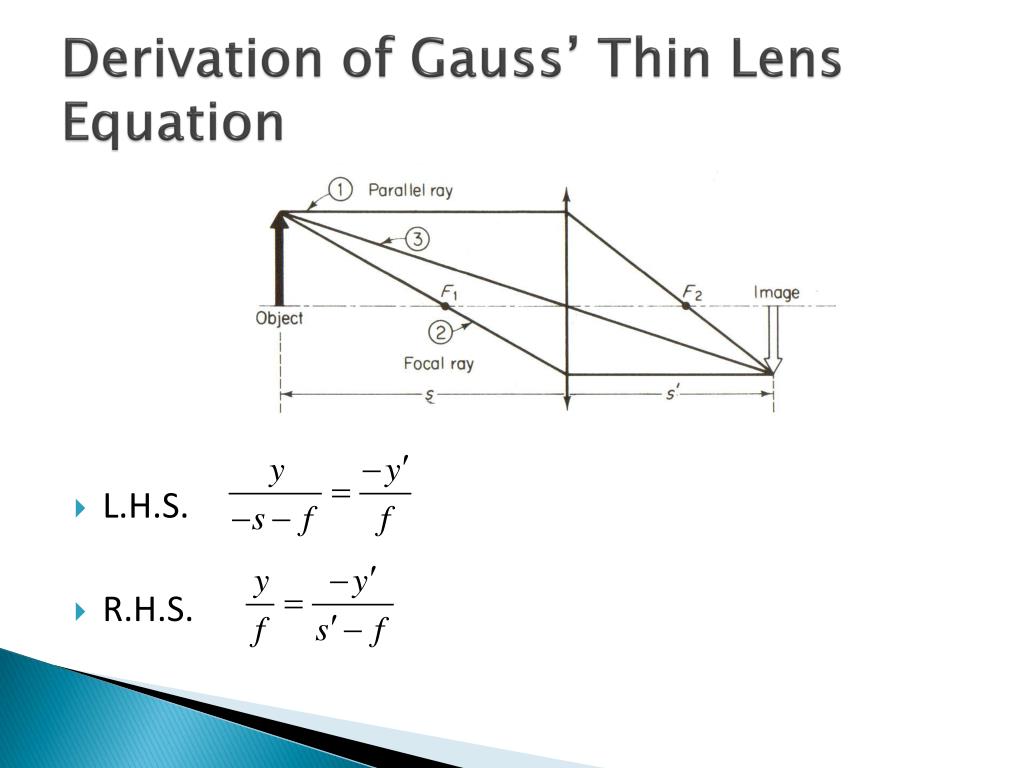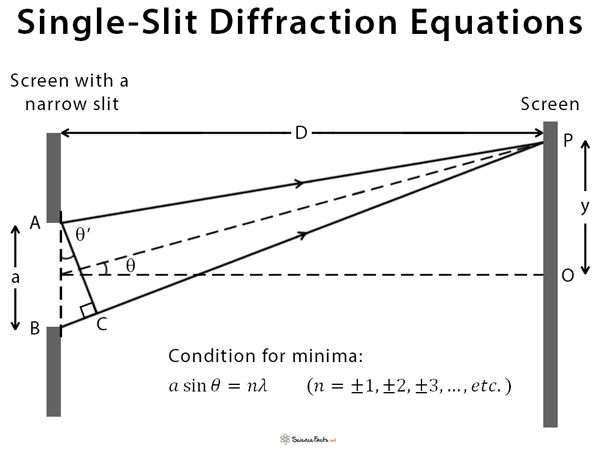

This phenomenon results in a loss of information with regards to the true location of a point source that is emitting light, say for instance a molecule of green fluorescent protein (GFP). The diffraction limit arises due to the wave nature of light and its interaction with the optical systems it passes through, namely the diffraction, or scattering, of the incoming light, that occurs at the entrance to the microscope objective. The rest of this tutorial will assume the Rayleigh criterion as the standard definition of the resolution limit.įigure 1: Graphical diagram of the definition of numerical aperture. For a point source radiating light at a wavelength of 510 nm and a microscope objective with a numerical aperture (NA) value of 1.4, the value of r from the Rayleigh equation will be 222 nm. The difference in the two is the value of the coefficient, which is a result of the difference in how Abbe and Rayleigh defined what it means for two distinct objects to be resolved from each other (more on this later). Specifically, the numerical aperture is the collection angle of light that enters the objective, as given by the angle θ in the figure below. Where r is the distance the two objects are from each other, λ is the wavelength of light, n is the index of refraction of the medium between the objective and the sample, and NA is the numerical aperture of the objective lens that collects light. While the Rayleigh criterion defines the resolution mathematically as: In practical applications, this difference is small. The difference between the two is based on the definition that both Abbe and Rayleigh used in their derivation for what is meant by two objects being resolvable from each other. There are two closely related values for the diffraction limit, the Abbe and Rayleigh criterions. Super-resolution microscopy is a collective name for a number of techniques that achieve resolution below the conventional resolution limit, defined as the minimum distance that two point-source objects have to be in order to distinguish the two sources from each other.

They are considered resolved when the intensity at the midpoint between the peaks shows a minimum.Super-Resolution Microscopy Tutorial Overview The Sparrow criterion expresses the resolution limit in term of the joint intensity curve when observing two very closely separated wavelengths of equal intensity. The Dawes resolution limit is more often used in visual double star astronomy. Sparrow's resolution limit was derived in 1916 from photographic experiments with simulated spectroscopic lines and is most commonly applied in spectroscopy, microscopy and photography. For example, in a 200 mm (eight-inch) telescope, Rayleigh's resolution limit is 0.69 arc seconds, Sparrow's resolution limit is 0.54 arc seconds. Sparrow's resolution limit is nearly equivalent to the theoretical diffraction limit of resolution, the wavelength of light divided by the aperture diameter, and about 20% smaller than the Rayleigh limit. The same reasoning applies to the resolution of two wavelengths in a spectroscope, where lines of emission or absorption will have a diffraction induced width analogous to the diameter of an Airy disk. However, at the Sparrow resolution limit the two Airy disks will appear to be just touching at their edges, which according to Sparrow is due to a brightness contrast response of the eye. Sparrow's Resolution Limit is reached when the combined light from two overlapping and equally bright Airy disks is constant along a line between the central peak brightness of the two Airy disks. Most astronomers say they can still distinguish the two stars when they are closer than Rayleigh's resolution limit. Rayleigh's resolution limit is reached when the two stars are separated by the theoretical radius of the first dark interval around the Airy disk, which is larger than the disk's apparent radius, so that a distinct dark gap appears between the two disks. The angular diameter of the Airy disk is determined by the aperture of the instrument. The resolution limit is defined as the minimum angular separation between two stars that can still be perceived as separate by an observer. When a star is observed with a telescope, the light is diffracted or spread apart into an Airy disk.

Sparrow's resolution limit is an estimate of the angular resolution limit of an optical instrument. Diffraction pattern matching Sparrow's resolution limit


 0 kommentar(er)
0 kommentar(er)
